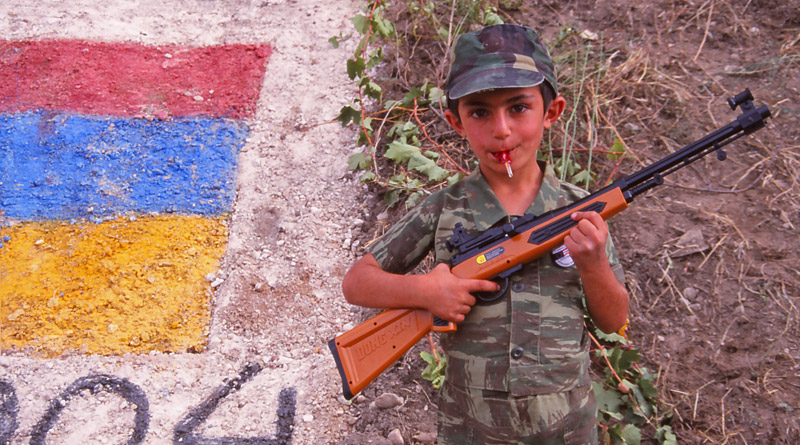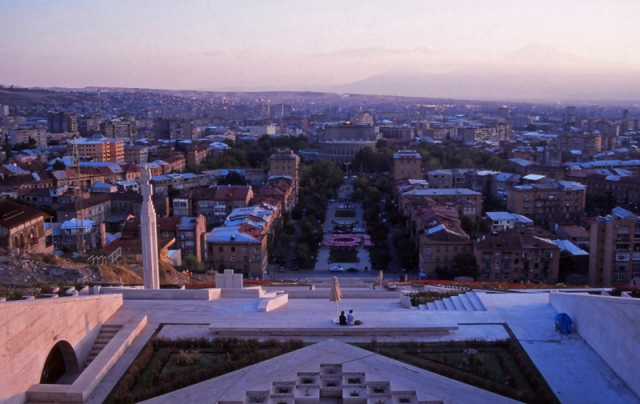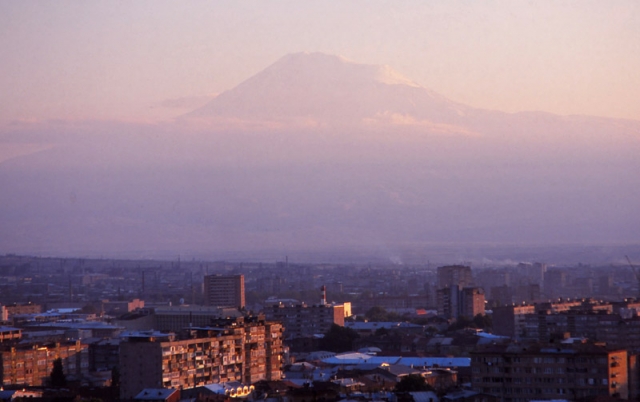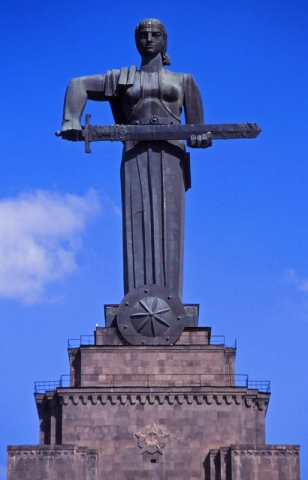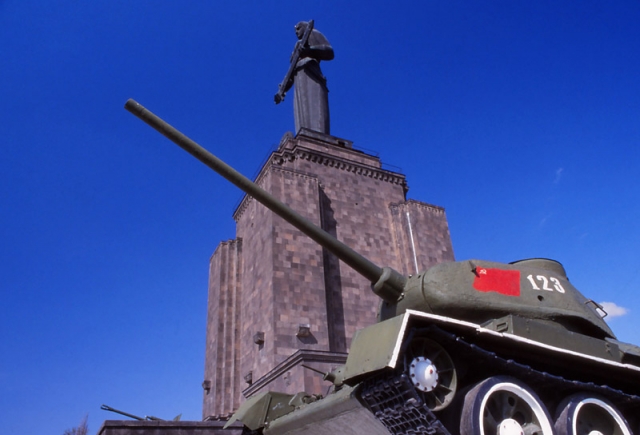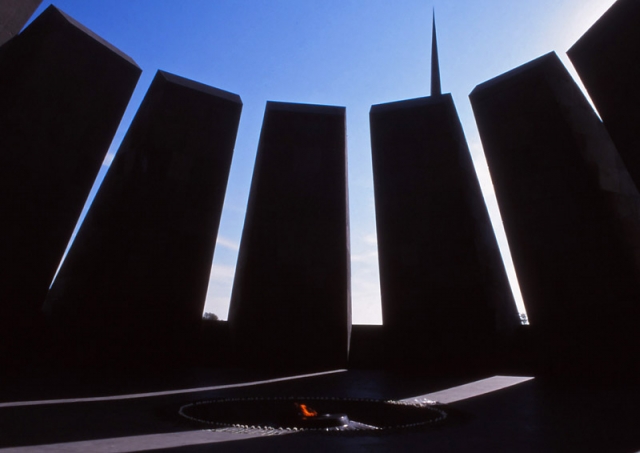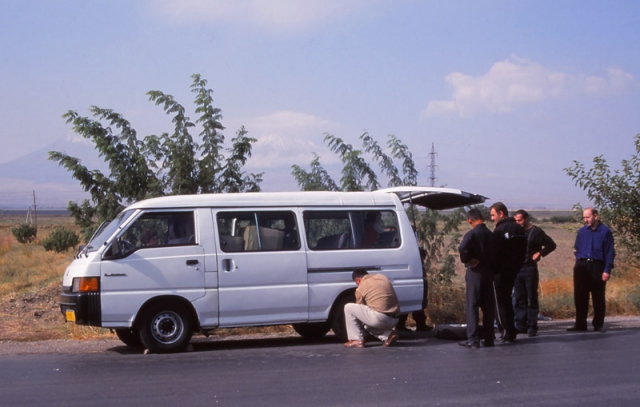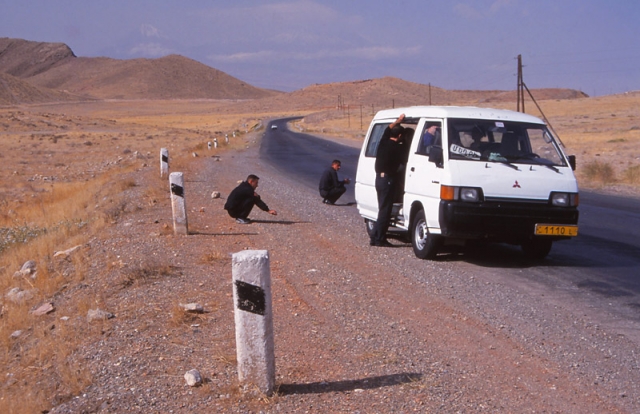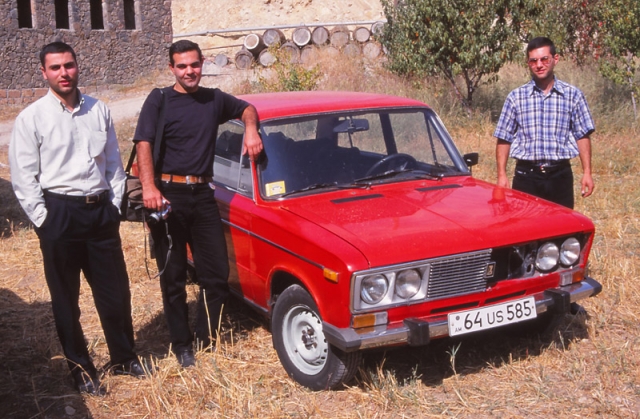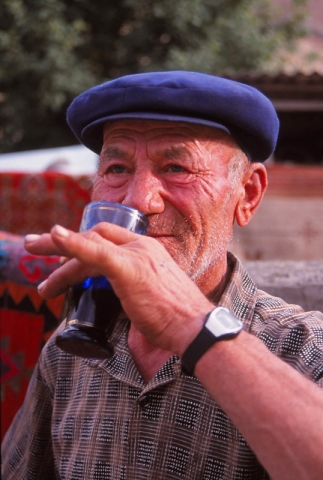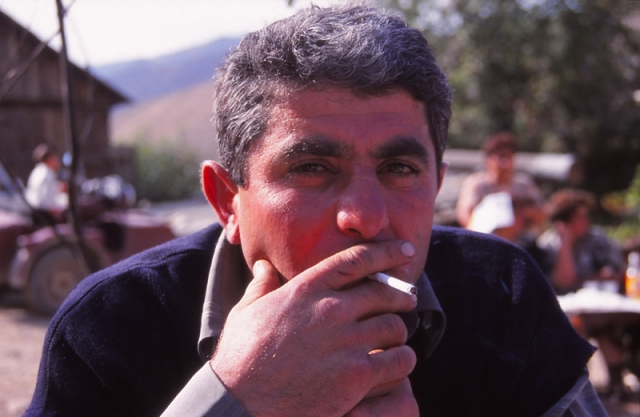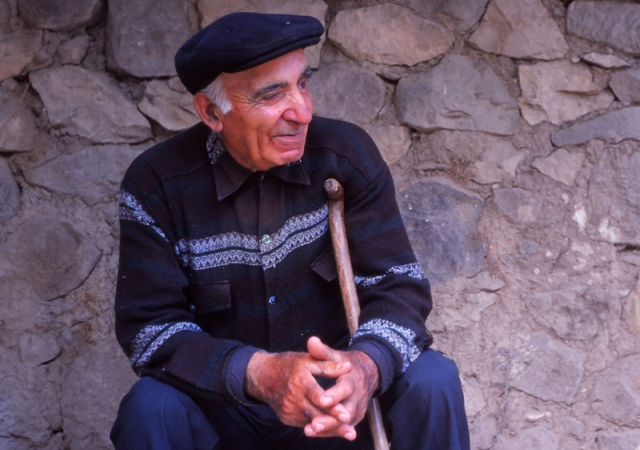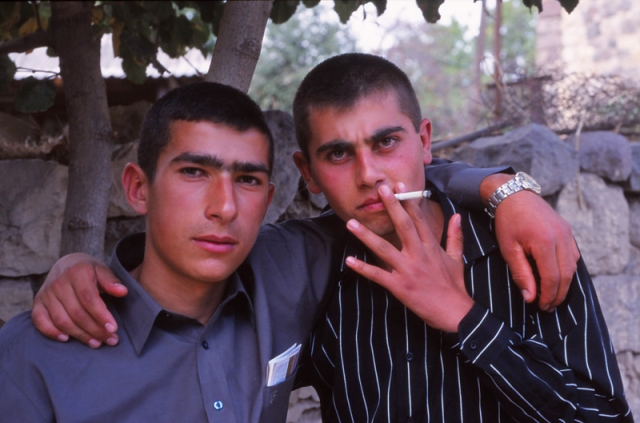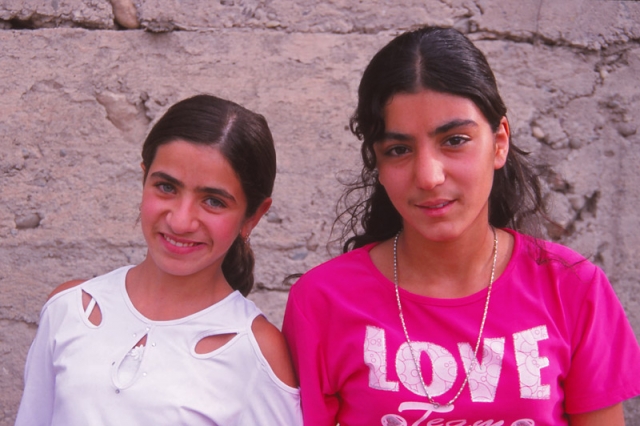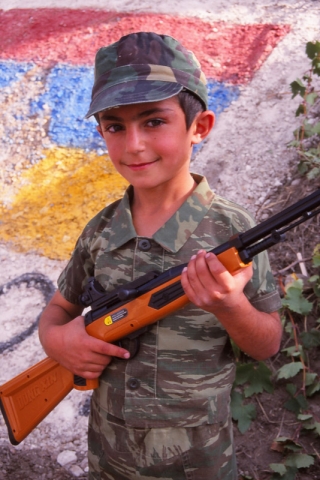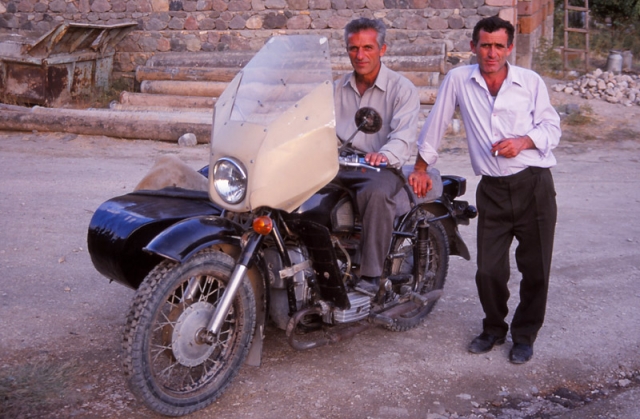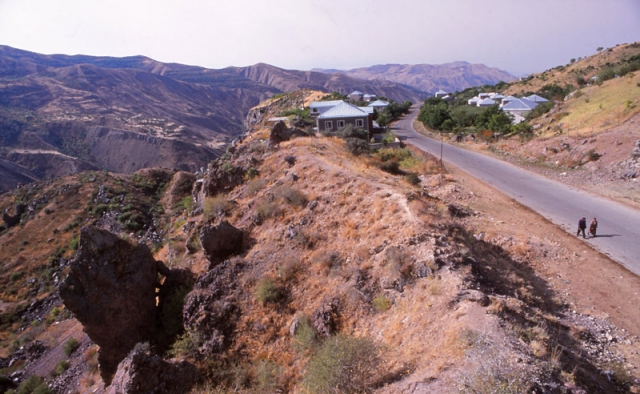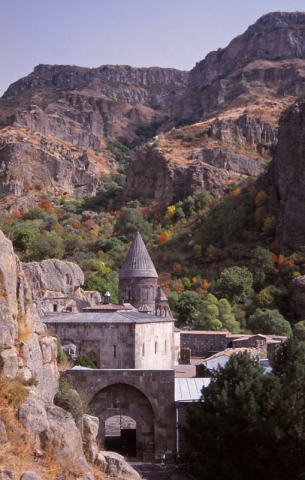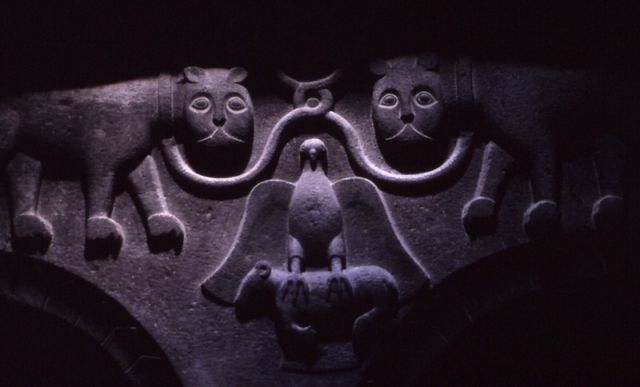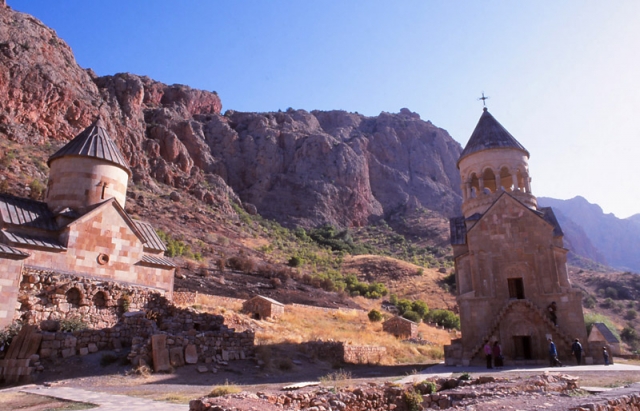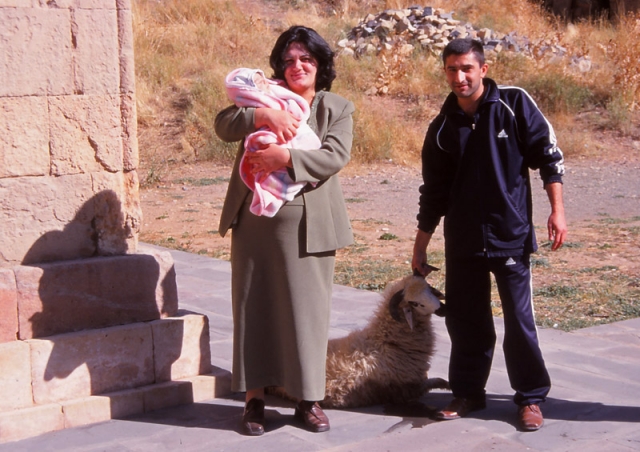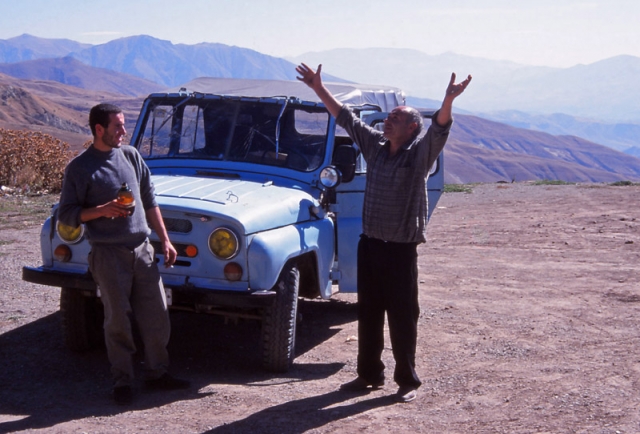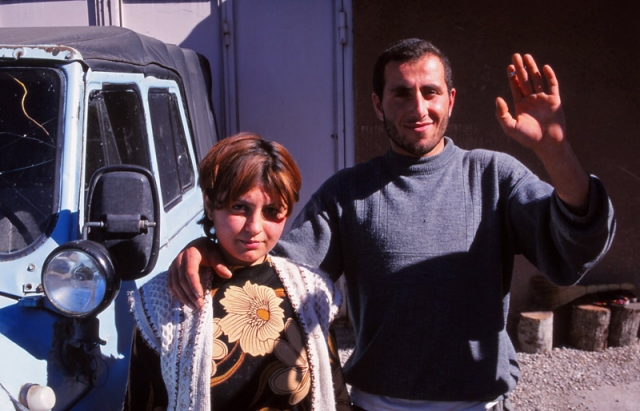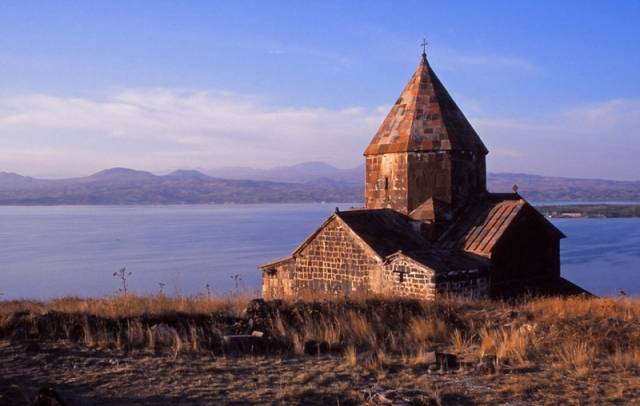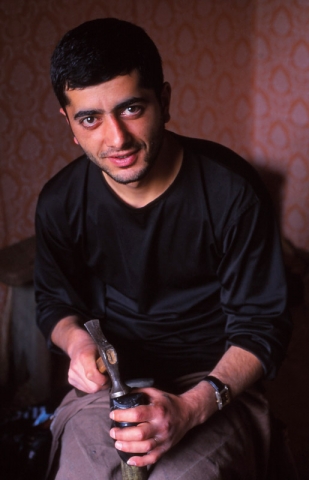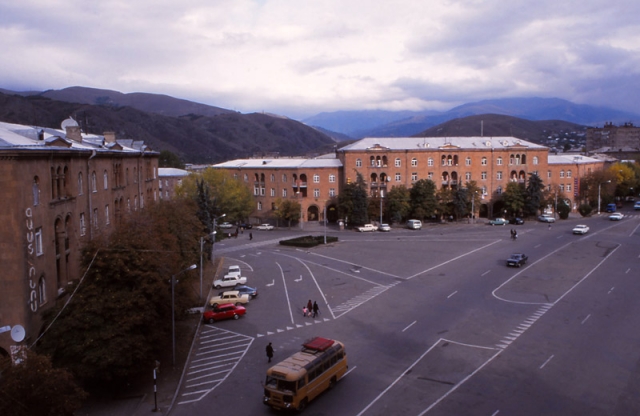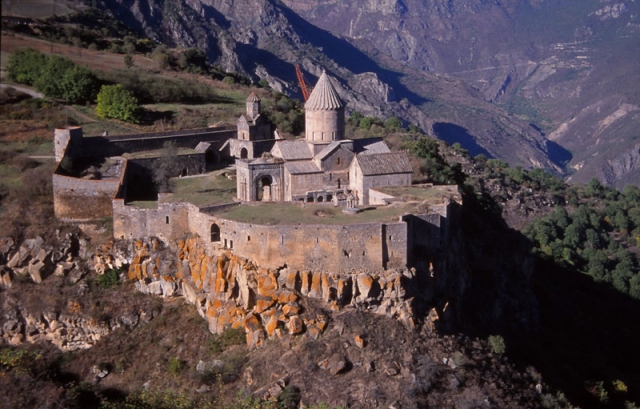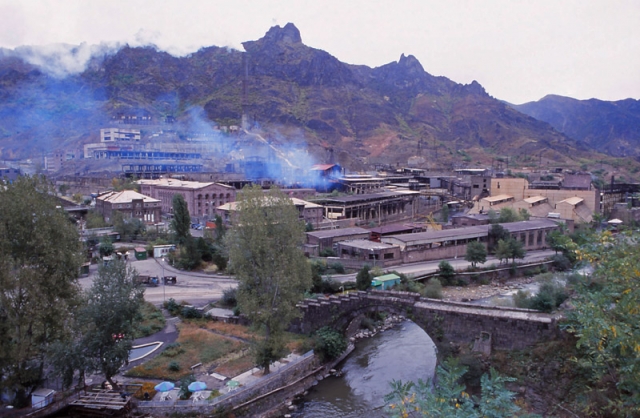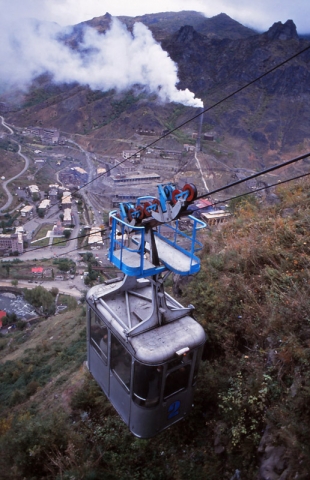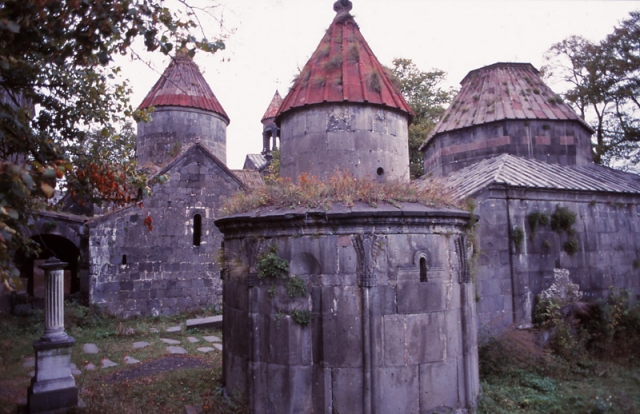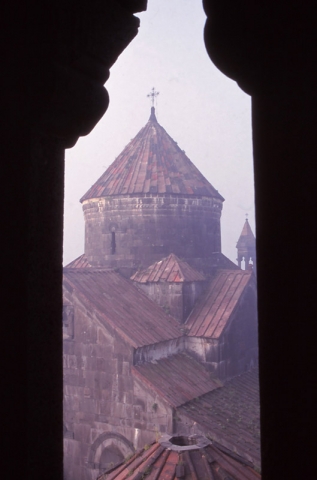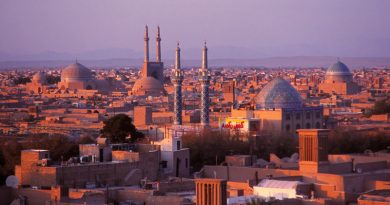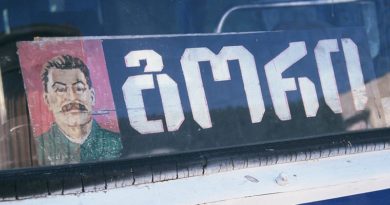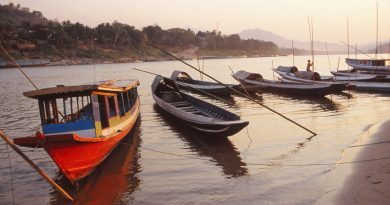Armenia in pictures
| Travel in a time of coronavirus As long as international travel is off the menu I’ll be rummaging nostalgically through some of my old 35mm slides and travel diaries instead. This time I’m revisiting Armenia, an ancient land straddling Europe and Asia. |
The sad news that Armenia and Azerbaijan are sliding back to war prompted me to dig through my old travel slides from a memorable trip through the region in 2004.
The two countries are very different — one is an ancient, Christian land with a unique language and culture, the other a Muslim nation with close cultural and linguistic ties to Turkey — but both re-emerged as independent states in the early 1990s after decades of Soviet rule.
I loved both countries and met plenty of kind, generous people in each.
The conflict between Armenia and Azerbaijan over the disputed enclave of Nagorno-Karabakh started in the late 1980s and erupted in a full-blown war in 1992. A ceasefire was agreed in 1994 but the two sides have never made peace. It’s one of the so-called “frozen conflicts” spawned by the collapse of the Soviet Union.
Nagorno-Karabakh is surrounded by Azerbaijan but inhabited by ethnic Armenians who have declared an independent state they call the Republic of Astrakh. In international law, however, the mountainous territory is part of Azerbaijan.
Fighting has flared up occasionally since the ceasefire but never on the scale of the past few weeks.
I’ve already posted my photos from Azerbaijan; my photos of Armenia don’t really do the country justice, because I rushed through in a couple of weeks, spurred on by the approach of winter and keen to get to Iran, my ultimate destination.
Hopefully, though, the pictures will give you some idea of what Armenia looks like.
[Story continues below the photo gallery]
This rugged, landlocked country is slightly smaller than Belgium, or about one-tenth the size of New Zealand, with a population of about 3 million.
What struck me most about Armenia was its ancientness and the uniqueness of its language and culture.
It’s the world’s oldest Christian country — the Armenians converted even before the Roman Emperor Constantine the Great — and that’s reflected in World Heritage-listed churches and monasteries dating back more than 1000 years.
It has a vibrant capital, Yerevan, with a great café culture and lots of Soviet-era monuments. The Biblical Mt Ararat, fabled landing place of Noah’s ark, looms over the city from just across the border in Turkey.
Armenia has one of the world’s oldest wine-making traditions. The oldest known wine press, dating back more than 6000 years, was found near the village of Areni.
The Armenians claim descent from Noah, who — according to Genesis — planted the first grapes as he descended Mt Ararat:
“And Noah the husbandman began, and planted a vineyard. And he drank of the wine, and was drunken; and he was uncovered within his tent.”
By chance I was passing through Areni just as the village was hosting Armenia’s first ever National Wine Festival. I, too, was drunken, though I did not lie uncovered when I made my bed on a haystack that night. It was too nippy for that.
Armenia’s more recent history has been shaped by the genocide of 1915-18.
The National Genocide Museum in Yerevan recounts how an estimated 800,000-1.5 million Armenians died when they were driven out of what was then the eastern borderlands of the Turkish Ottoman Empire. They were either killed outright or died as they were forced to march across the desert to Syria.
(Turkey admits the Armenians were expelled but denies it was a genocide. It’s the cause of ongoing acrimony between the two countries.)
The Armenians that survived settled in Syria and Lebanon; some then migrated to countries such as the US and France, which explains why a small country like Armenia has such a large diaspora.
Famous people of Armenian descent include the Kardashians, Cher (born Cherilyn Sarkisian), tennis player Andre Agassi (born Andre Agassian), Serj Tankian (lead singer of alternative rock band System of a Down) and actor Andy Serkis (Gollum in Lord of the Rings; ancestral name Sarkisian).
Observant readers may have noticed a pattern in these names. If you meet anyone whose surname ends in ‘ian’ or ‘yan’ chances are they’re part of the Armenian diaspora.
More reading (and watching)
For an explanation of the conflict in Nagorno-Karabakh, check out this excellent summary from the BBC.
For a taste of Armenian music and dance, check out this flashmob in Yerevan. It looks like a bunch of men shaping up for a brawl until you realise it’s a traditional dance called the Yarkhushta.
This music video by popular singer Sevak Amroyan features a modernised version of the Yarkhushta and some jaw-dropping Armenian mountain scenery.

